A hair consultation is one of the most important procedure a stylist should do before commencing any works with a client. A consultation allows stylist to understand the client’s hair goals and also gives them important information about their hair. These consultation details can and should provide sufficient information on how the stylist should handle the client’s hair.
This is the case with different hair types. The hair type of the client can have an impact on everything, from the type and consistency the stylist use for a colouring or lightening service to the type of hair comb they use, to how they should cut the type of hair, and much more.
When we talk about different hair types, we really mean three things: Hair texture, hair density, or hair thickness. Here are some tips to help stylists work with different textures and thicknesses of hair.

HAIR THICKNESS vs. HAIR DENSITY vs. HAIR TEXTURE
What is Hair Thickness?
Hair thickness refers to the width of a single hair strand. Fine hair is the thinnest, while coarse or thick hair is the thickest. Medium lies in between both of these extremes.
What is Hair Density?
Hair density refers to how dense the hair is packed onto the scalp. A person with low density will have less hair per inch than someone with medium density. This will lead to fewer strands as compared to someone with high density on per inch of scalp area.
What is Hair Texture?
The last hair type is the hair texture that refers to the hair’s actual structure. This is usually the easiest and most obvious of all three. There are four main textures that the stylist will encounter: straight, curly, wavy, curly, and kinky. However, it is important to know that hair comes in a variety of spectrums.
WHY A HAIR CONSULTATION IS SO IMPORTANT?
Two main reasons why a hair consultation is important are:
First, most clients don’t often know the difference between the three terms. Clients might say they have thick hair, but they may mean that they have high density. They might also say that they have “fine” hair when they really mean “straight.” Hence there is only one way to be sure is for stylists to be physically there with the clients and see for themselves.
Next, there can be many combinations! One example is that the stylist might have one client with straight, fine hair, and another with thick, high density or straight hair and thus the clients could need completely varying treatments.
HOW TO STYLE DIFFERENT HAIR THICKNESSES?
HANDLING FINE HAIR
Fine hair should be more gentle and treated with less force. Employing too much texturizing techniques or coloring can make the hair look thinner or lose the bulk or body which is required for shape or length. Fine hair can easily exposed all the errors by one wrong move.
Clients with finer hair textures are more afraid of bigger changes due to past experiences. If client have fine hair, it is better to make small changes frequently to help them change their appearance slowly.
Fine hair will lighten more rapidly as well as it will has more obvious bleeding if lightener consistency and colouring techniques are not performed correctly. Fine hair is best treated with the concept of “less is always more”. It is extremely important for stylist to leave enough lowlight or depth. To avoid splochiness, lightener should always be thicker with high viscosity.
HANDLING MEDIUM HAIR
Although medium is the most common among the clients, texture always also play an important role for this type of hair. It is critical to understand how the client’s hair reacts to natural drying. The stylists often make decisions based on how they blow the client’s hair dry. While the stylists generally trim hair when it is dry or styled, how will the client be styling their hair? What style will look the best?
The consistency of lightener should be thinner in medium hair than for used in fine hair. It is best to aim for a consistency somewhere between a frosting and toothpaste when using clay lightener. Foiling lightener must be smooth but not too runny.
While hair density is important, it is essential to create dimension and shape with medium hair structures. This hair type is great with bangs or more structured shapes.
HANDLING COARSE (OR THICK) HAIR
In this situation of coarse and thick hair, balance placement will be the stylist best friend. There is a tendency for stylist to over cut or over colour that will cause much awkwardness to both shape and colour. It is easy for them to get lost in the details and make mistakes. It is easy to lose sight of the whole picture and get lost in their work, hence it is important to take small sections. While it is easy to keep focus on one particular section of hair, this type of hair structure requires to be more like sculpture.
For coarse hair, the requirement of the colour lightener is that it should be slightly thinner than the normal mixture. The stylist should not thin it out too much, as this will compromise their colour lifting on coarse hair.
When the stylists are working with coarse hair, they may need to use larger sections of foiling or balayage. These pieces will be lost in the final result if they are too small. It is not a good idea that ended up the stylists have all of their works erased simply because they used too many small pieces rather than bright, impactful lightening.
THE STYLING OF DIFFERENT HAIR TEXTURES
The stylists will have to communicate with the clients and understanding their usual hairstyles. Take note of their natural texture, and make a style that is similar to their usual styling techniques.
Working with Straight Hair
Straight hair is the most challenging texture for the process of colour blending and lines. The stylists will ensure that the technique is strong and able to cover the bases. A waving tool is not something that every stylist uses, but it can be used to create a more gradient blending during root smudge or colour melt. A more protein-balanced shampoo and conditioner is also needed for straight hair. This will give the fine hair more bounce.
Working with Wavy Hair
In general, wavy hair has the least challenge, thus it is the easiest to style. It is the only texture that clients face difficulty knowing how to style their hair and use the right products. Clients always feel stuck between a “curly” and “straight” look. Providing advice will help them to understand their hair and make them happier with the colour results. The stylist working on client’s hair is exactly like an artist working on this art piece. There is only one occasion that the hair looks exactly as the stylist desires which will be the day it is done. Giving the client the right advise based on the hair types will certainly help both of them and others to appreciate the “art” more.
Working with Curly Hair
Curly hair is a speciality! There is no one-size fits all approach for curly hair. Every situation is unique and should be treated accordingly. It is important to pay attention to curl patterns and use highly moisturizing hydrating products. For curls to shape and grow well, curly hair needs moisture.
Curly hair should not be lightened too much. While lighter hair pieces can create more dimension, it can also dry out the hair. It is a good idea for the stylist to lighten larger sections while leave-out more hair. This will allow the stylist to maintain depth of the colours and not lose the highlights or balayage once it’s dried.
Working with Kinky or Coily Hair
A different approach is required for tighter textures or coil patterns. Sometimes, relaxers and hair straightening products may be necessary to calm down the curls. However, the trends are now less about straightening, and more about embracing their natural texture. It is important to keep the curls moist and wash it only once every one to two weeks. It is advisable to use hair products are made with less synthetic chemicals.
Moreover, this type of texture is very susceptible to buildup so it is important to use cleaner products. Such products also keep natural oils in hair longer than usual after washing. This type of hair should not be lifted with any developer product exceeding 20 volumes. The developer should be reduced to ensure that the hair is not damaged and gives the best lift.
PRACTICE IS PERFECT
All of this information can seem overwhelming for novice stylists, especially if they are just starting out. As the stylists work with more clients, and gain more experience with different hair types and combinations, it will become easier and finally like a second nature. It is important for the stylists to keep practicing and improving their skills.


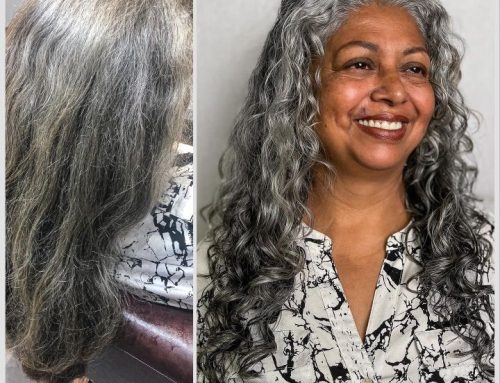
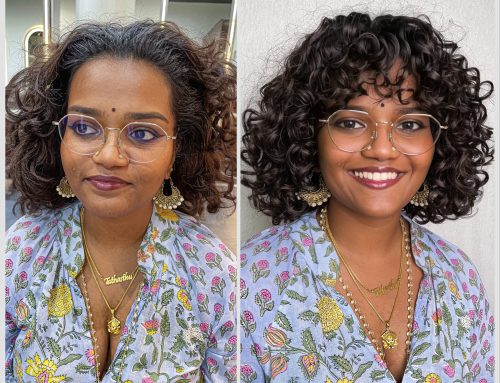
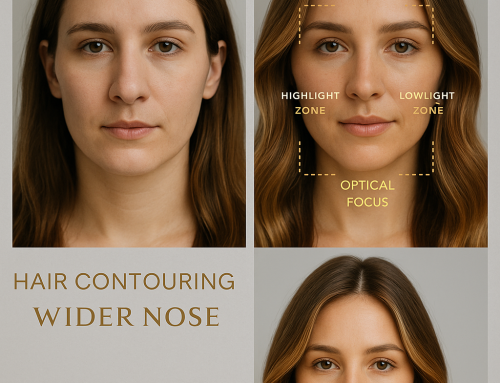
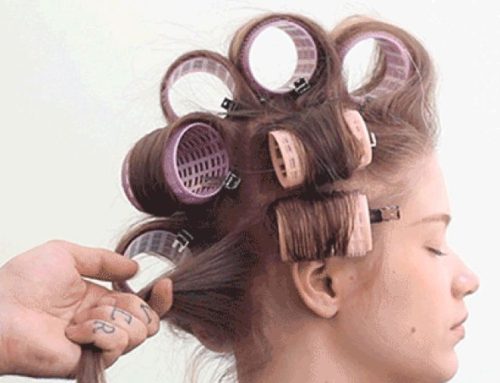
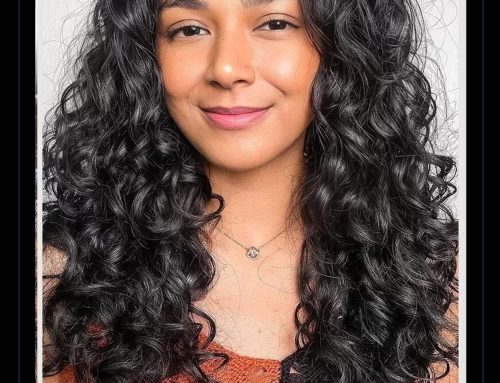
Leave A Comment